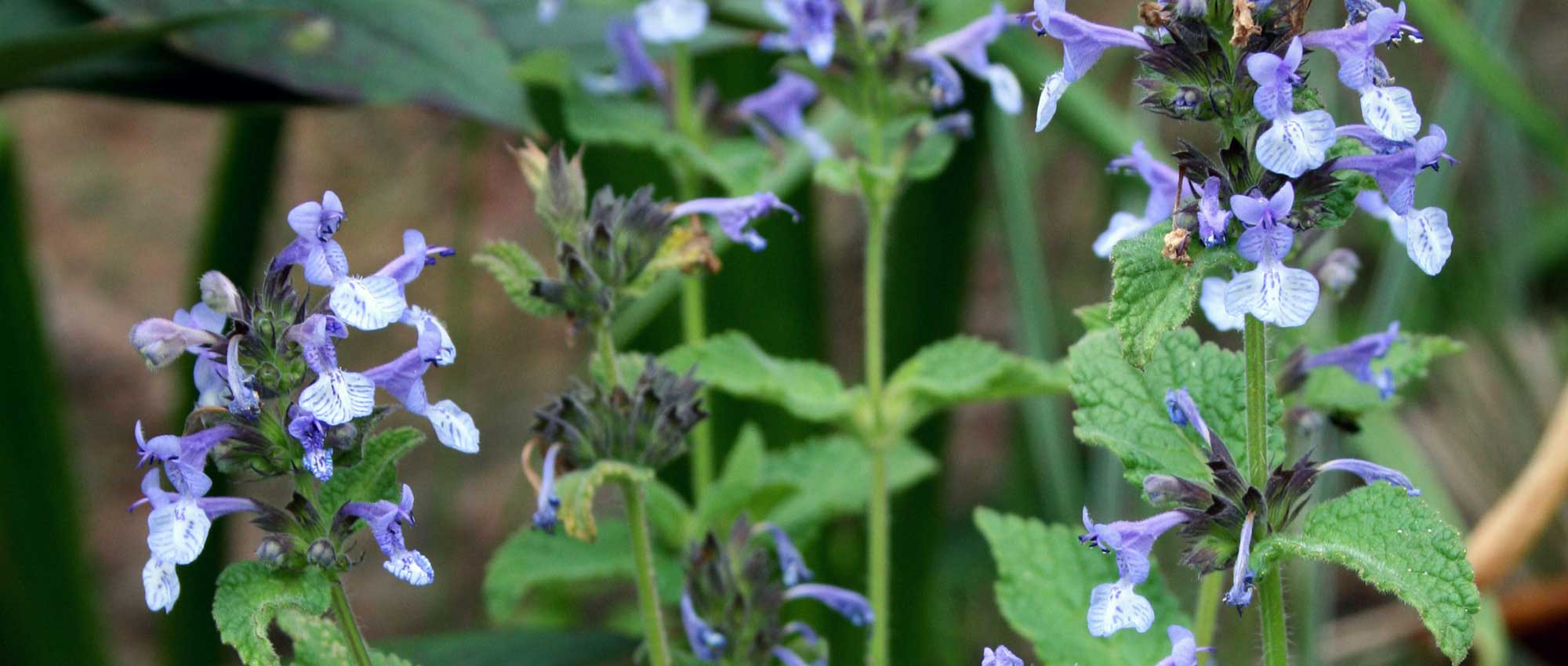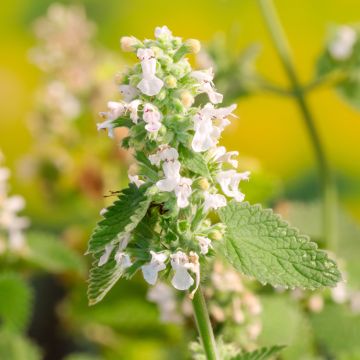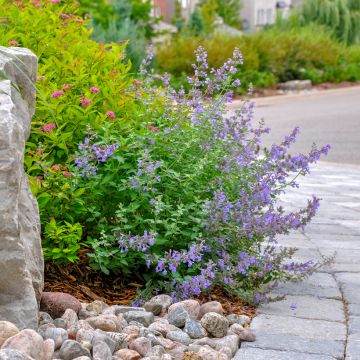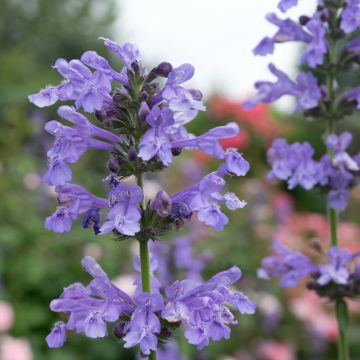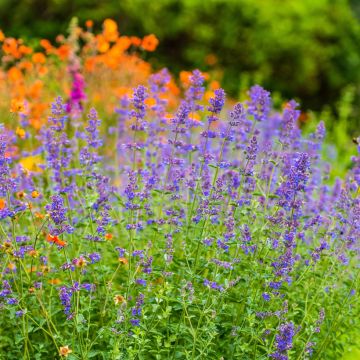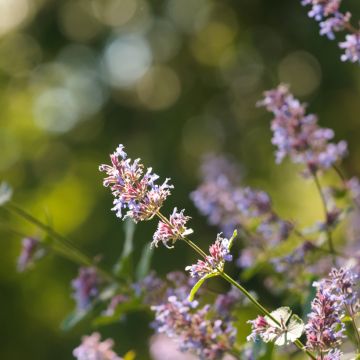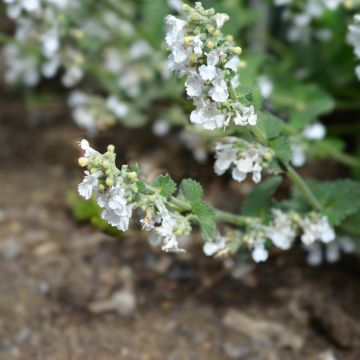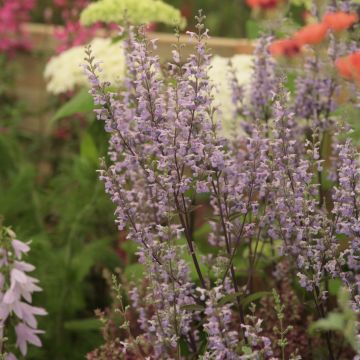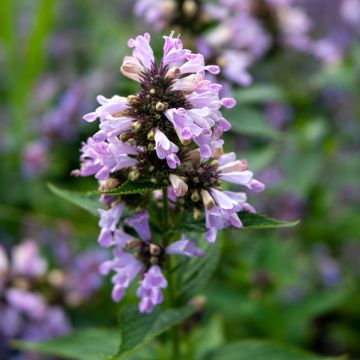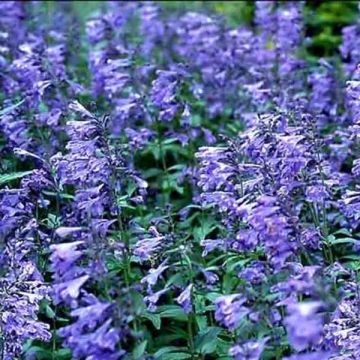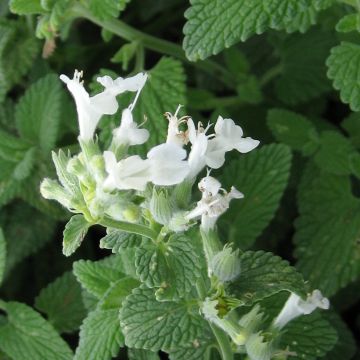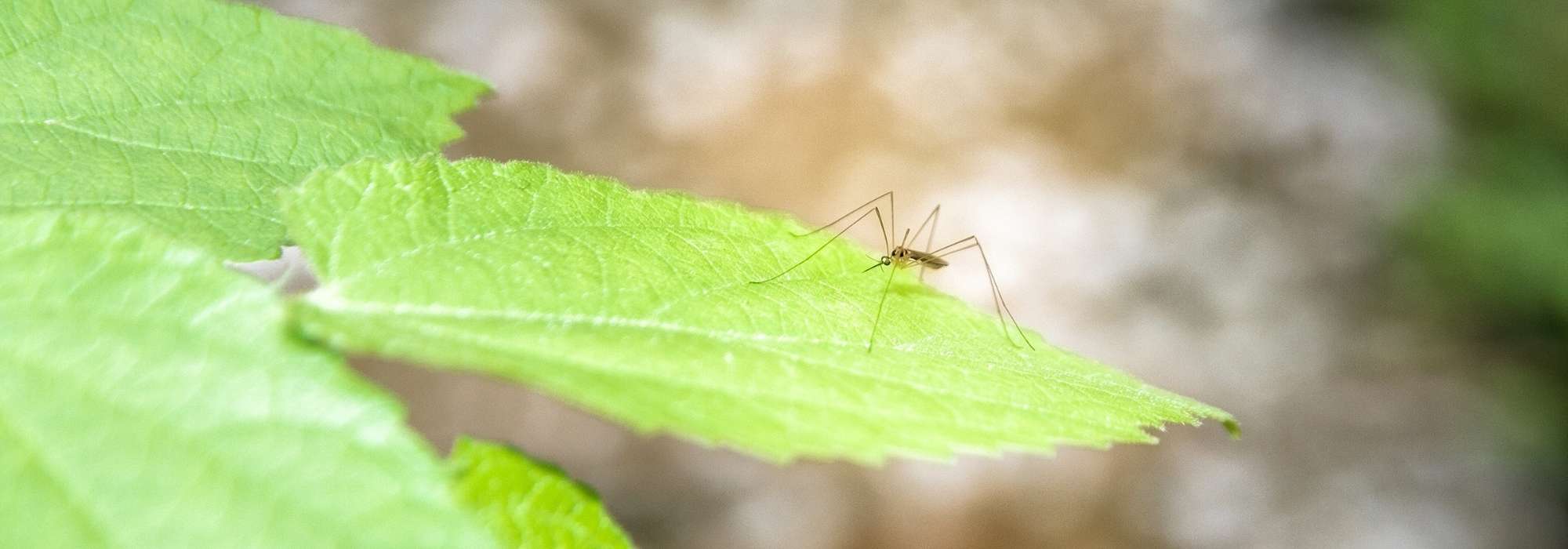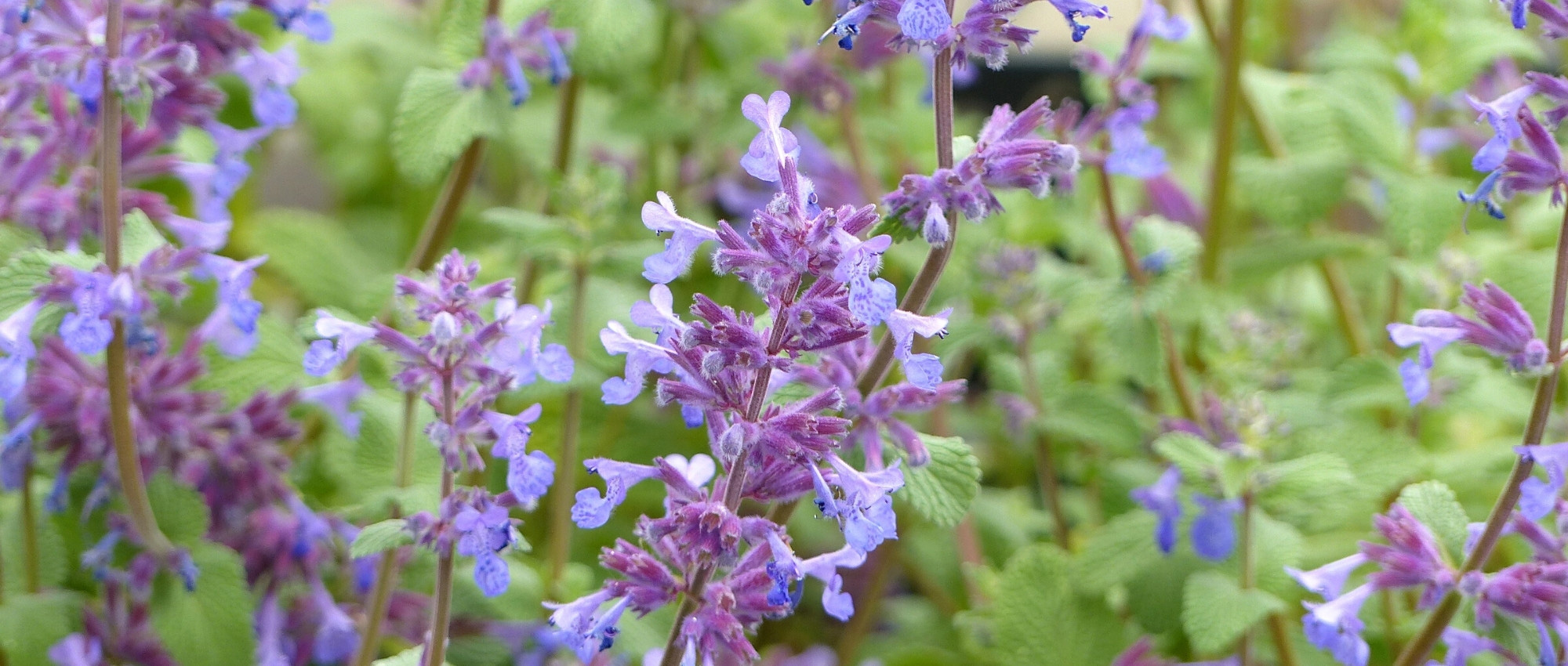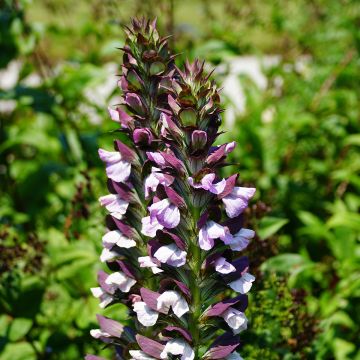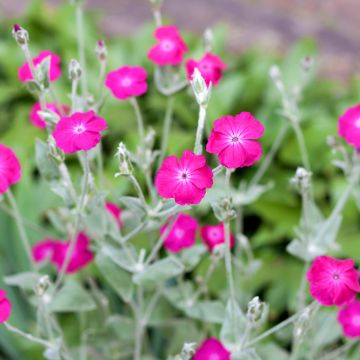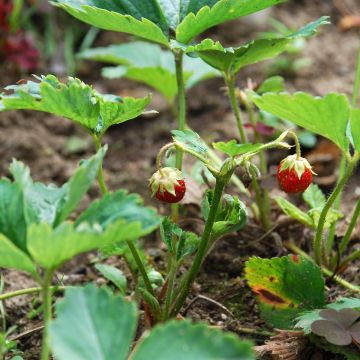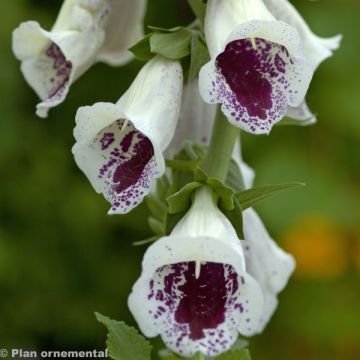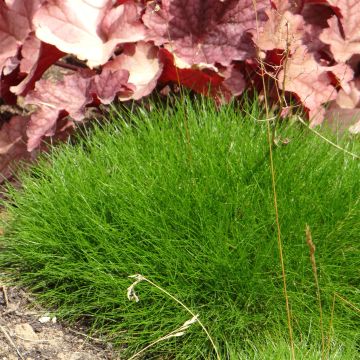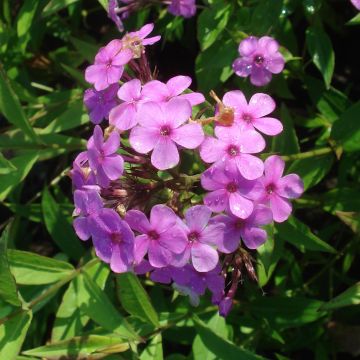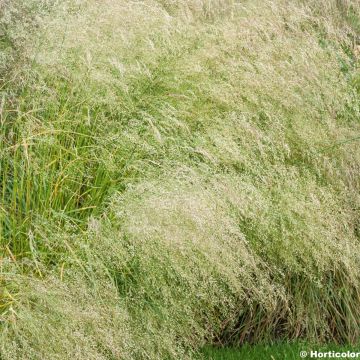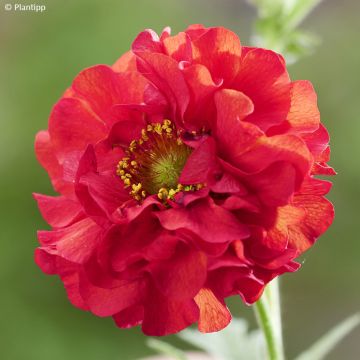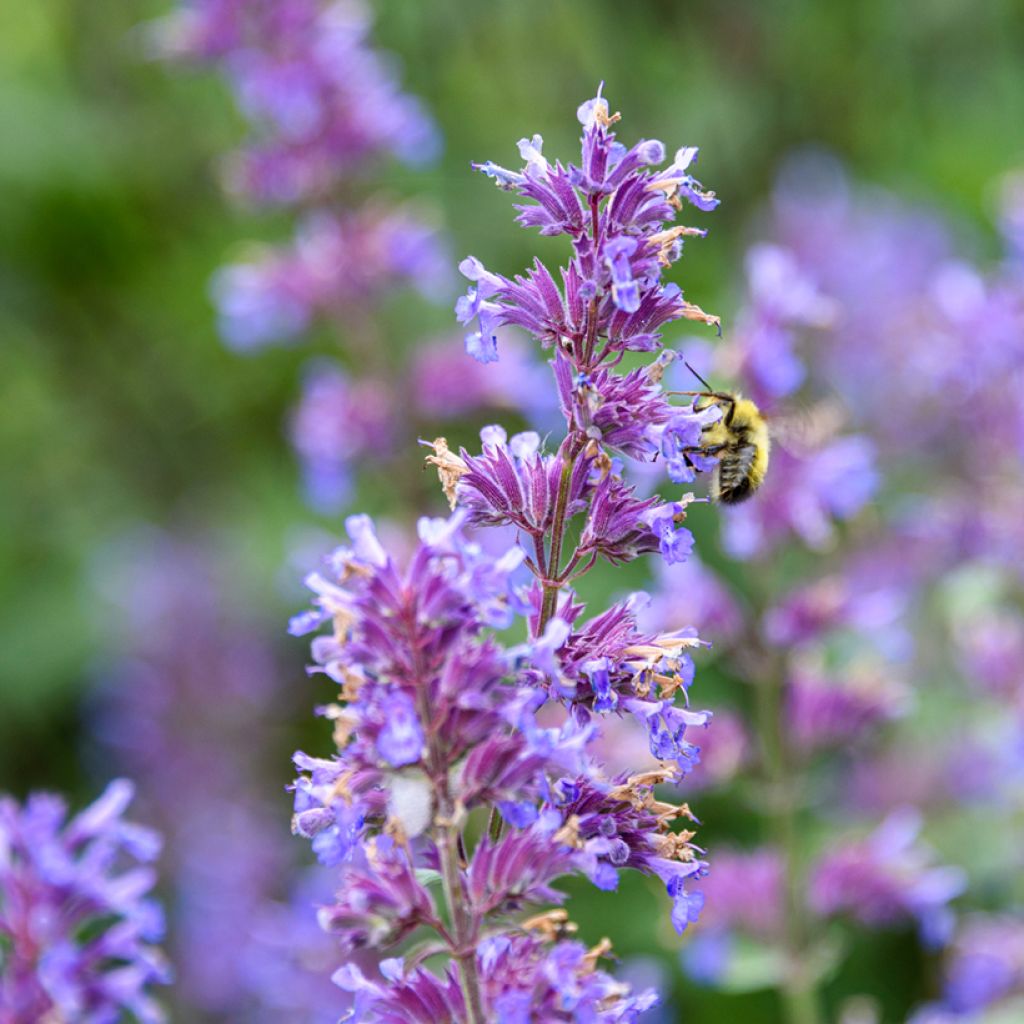

Nepeta racemosa Grog - Catnip
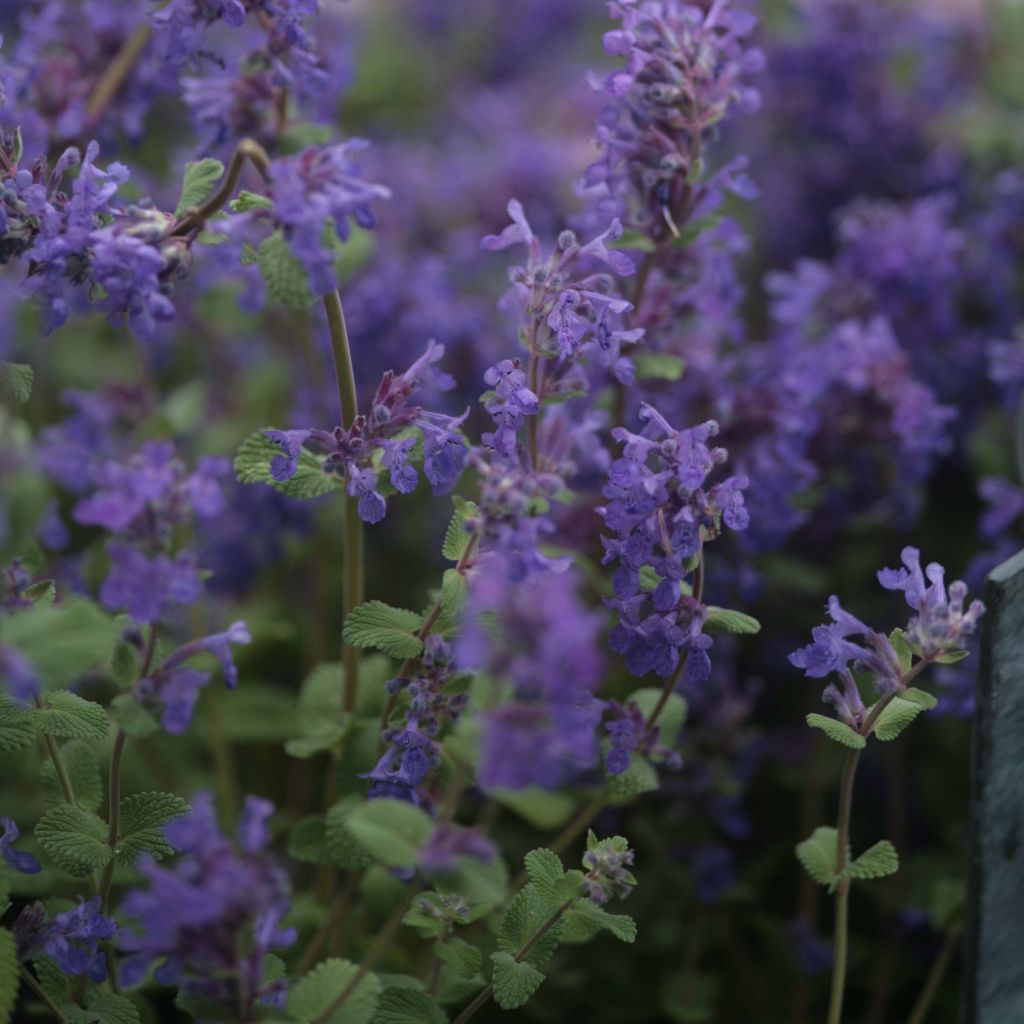

Nepeta racemosa Grog - Catnip
Nepeta racemosa Grog - Catnip
Nepeta racemosa Grog
Dwarf Catnip, Dwarf Catmint
Nepetas planted in spring have spread over 2 m2 (3 young plants). They are fantastic ground-covering plants with superb lavender colours. I highly recommend them!
Isabelle , 15/10/2024
Special offer!
Receive a €20 voucher for any order over €90 (excluding delivery costs, credit notes, and plastic-free options)!
1- Add your favorite plants to your cart.
2- Once you have reached €90, confirm your order (you can even choose the delivery date!).
3- As soon as your order is shipped, you will receive an email containing your voucher code, valid for 3 months (90 days).
Your voucher is unique and can only be used once, for any order with a minimum value of €20, excluding delivery costs.
Can be combined with other current offers, non-divisible and non-refundable.
Home or relay delivery (depending on size and destination)
Schedule delivery date,
and select date in basket
This plant carries a 12 months recovery warranty
More information
We guarantee the quality of our plants for a full growing cycle, and will replace at our expense any plant that fails to recover under normal climatic and planting conditions.

Does this plant fit my garden?
Set up your Plantfit profile →
Description
Nepeta racemosa 'Grog', also known as Catmint or Catnip, is a perennial variety with a compact habit and generous violet-blue flowering. Superb in mixed borders, at the base of Roses, and in Mediterranean gardens.
Native to the Caucasus and belonging to the Lamiaceae family, Nepeta racemosa Grog has a compact habit and grows to a height of 35 cm (14in) and a width of 45 cm (18in). Its deciduous leaves are narrow, ovate, and slightly downy, a beautiful silvery-green. Its large violet-blue flowers bloom from spring and continue throughout the summer on upright stems. It is an aromatic plant with a scent similar to Lemongrass. Catmint is also attractive to bees and butterflies.
Easy to grow and hardy down to at least -15 °, Nepeta racemosa 'Grog' thrives in sunny locations with light, moist, rich, and well-drained soil. It tolerates dry, poor, and rocky soils, but its flowers will be less abundant. Add coarse sand and gravel to improve drainage in heavy soil.
Nepeta racemosa 'Grog' can be used as a border plant, in rock gardens, or containers. It elegantly dresses the bare base of roses and complements Mediterranean gardens, alongside Cotton Lavender, Lavender and Helichrysum italicum.
Did you know that cats love Nepeta so much that they roll around in it? Its calming and euphoric effects can trigger surprising reactions in feline companions, but don't worry, the effects of Nepeta fade quite quickly and no serious addiction has ever been observed.
Nepeta racemosa Grog - Catnip in pictures
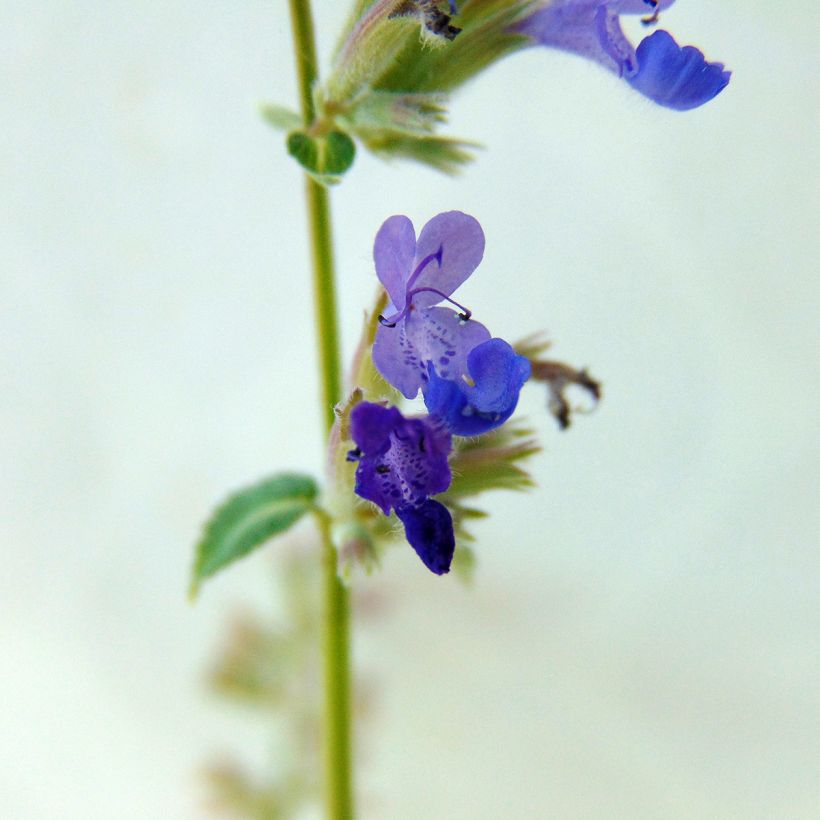

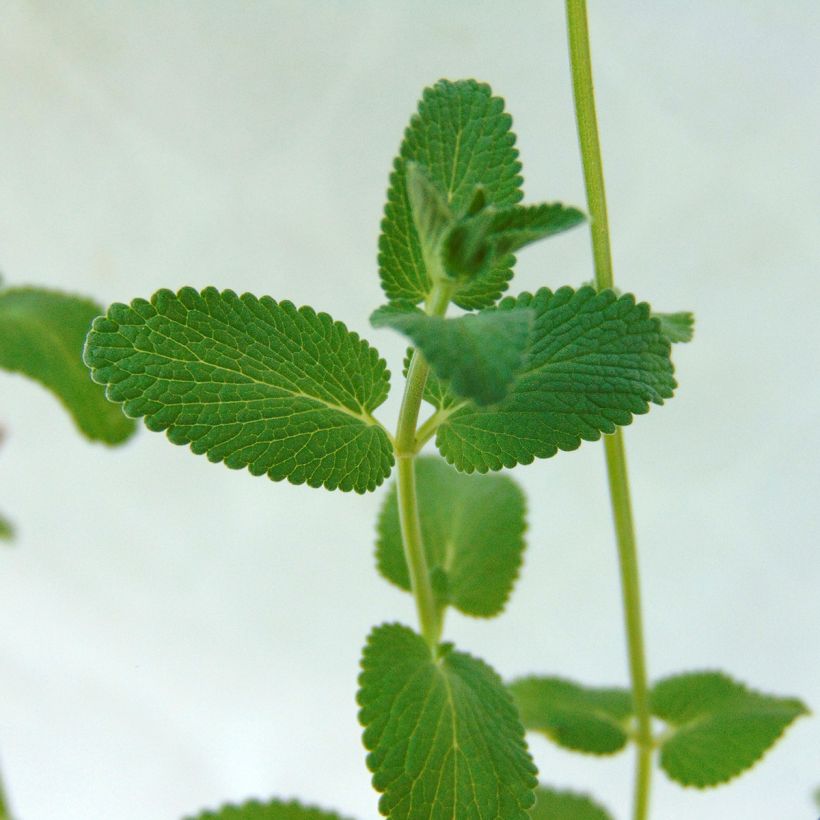

Flowering
Foliage
Plant habit
Botanical data
Nepeta
racemosa
Grog
Lamiaceae
Dwarf Catnip, Dwarf Catmint
Cultivar or hybrid
Other Nepeta - Catnip
View all →Planting and care
Nepeta racemosa 'Grog is very easy to grow, robust perennial, hardy down to -15°C (5°F). It thrives in sunny or lightly shaded positions, in ordinary, moist soil, always well-drained. You can plant in autumn, but it would be better done in spring so that the roots are well-developed before the winter cold. Let the clump dry out throughout the winter to protect the crown from the cold. Cut back in early spring, before new growth. Remove faded stems regularly to encourage more. You can divide the clumps when they become too large, in spring or autumn. It is worth noting that Nepetas are very tolerant of urban pollution and disease resistant but young shoots can sometimes be attacked by slugs, and its foliage may suffer from powdery mildew in very dry summers.
Planting period
Intended location
Care
Planting & care advice
-
, onOrder confirmed
Reply from on Promesse de fleurs
Similar products
Haven't found what you were looking for?
Hardiness is the lowest winter temperature a plant can endure without suffering serious damage or even dying. However, hardiness is affected by location (a sheltered area, such as a patio), protection (winter cover) and soil type (hardiness is improved by well-drained soil).

Photo Sharing Terms & Conditions
In order to encourage gardeners to interact and share their experiences, Promesse de fleurs offers various media enabling content to be uploaded onto its Site - in particular via the ‘Photo sharing’ module.
The User agrees to refrain from:
- Posting any content that is illegal, prejudicial, insulting, racist, inciteful to hatred, revisionist, contrary to public decency, that infringes on privacy or on the privacy rights of third parties, in particular the publicity rights of persons and goods, intellectual property rights, or the right to privacy.
- Submitting content on behalf of a third party;
- Impersonate the identity of a third party and/or publish any personal information about a third party;
In general, the User undertakes to refrain from any unethical behaviour.
All Content (in particular text, comments, files, images, photos, videos, creative works, etc.), which may be subject to property or intellectual property rights, image or other private rights, shall remain the property of the User, subject to the limited rights granted by the terms of the licence granted by Promesse de fleurs as stated below. Users are at liberty to publish or not to publish such Content on the Site, notably via the ‘Photo Sharing’ facility, and accept that this Content shall be made public and freely accessible, notably on the Internet.
Users further acknowledge, undertake to have ,and guarantee that they hold all necessary rights and permissions to publish such material on the Site, in particular with regard to the legislation in force pertaining to any privacy, property, intellectual property, image, or contractual rights, or rights of any other nature. By publishing such Content on the Site, Users acknowledge accepting full liability as publishers of the Content within the meaning of the law, and grant Promesse de fleurs, free of charge, an inclusive, worldwide licence for the said Content for the entire duration of its publication, including all reproduction, representation, up/downloading, displaying, performing, transmission, and storage rights.
Users also grant permission for their name to be linked to the Content and accept that this link may not always be made available.
By engaging in posting material, Users consent to their Content becoming automatically accessible on the Internet, in particular on other sites and/or blogs and/or web pages of the Promesse de fleurs site, including in particular social pages and the Promesse de fleurs catalogue.
Users may secure the removal of entrusted content free of charge by issuing a simple request via our contact form.
The flowering period indicated on our website applies to countries and regions located in USDA zone 8 (France, the United Kingdom, Ireland, the Netherlands, etc.)
It will vary according to where you live:
- In zones 9 to 10 (Italy, Spain, Greece, etc.), flowering will occur about 2 to 4 weeks earlier.
- In zones 6 to 7 (Germany, Poland, Slovenia, and lower mountainous regions), flowering will be delayed by 2 to 3 weeks.
- In zone 5 (Central Europe, Scandinavia), blooming will be delayed by 3 to 5 weeks.
In temperate climates, pruning of spring-flowering shrubs (forsythia, spireas, etc.) should be done just after flowering.
Pruning of summer-flowering shrubs (Indian Lilac, Perovskia, etc.) can be done in winter or spring.
In cold regions as well as with frost-sensitive plants, avoid pruning too early when severe frosts may still occur.
The planting period indicated on our website applies to countries and regions located in USDA zone 8 (France, United Kingdom, Ireland, Netherlands).
It will vary according to where you live:
- In Mediterranean zones (Marseille, Madrid, Milan, etc.), autumn and winter are the best planting periods.
- In continental zones (Strasbourg, Munich, Vienna, etc.), delay planting by 2 to 3 weeks in spring and bring it forward by 2 to 4 weeks in autumn.
- In mountainous regions (the Alps, Pyrenees, Carpathians, etc.), it is best to plant in late spring (May-June) or late summer (August-September).
The harvesting period indicated on our website applies to countries and regions in USDA zone 8 (France, England, Ireland, the Netherlands).
In colder areas (Scandinavia, Poland, Austria...) fruit and vegetable harvests are likely to be delayed by 3-4 weeks.
In warmer areas (Italy, Spain, Greece, etc.), harvesting will probably take place earlier, depending on weather conditions.
The sowing periods indicated on our website apply to countries and regions within USDA Zone 8 (France, UK, Ireland, Netherlands).
In colder areas (Scandinavia, Poland, Austria...), delay any outdoor sowing by 3-4 weeks, or sow under glass.
In warmer climes (Italy, Spain, Greece, etc.), bring outdoor sowing forward by a few weeks.






























